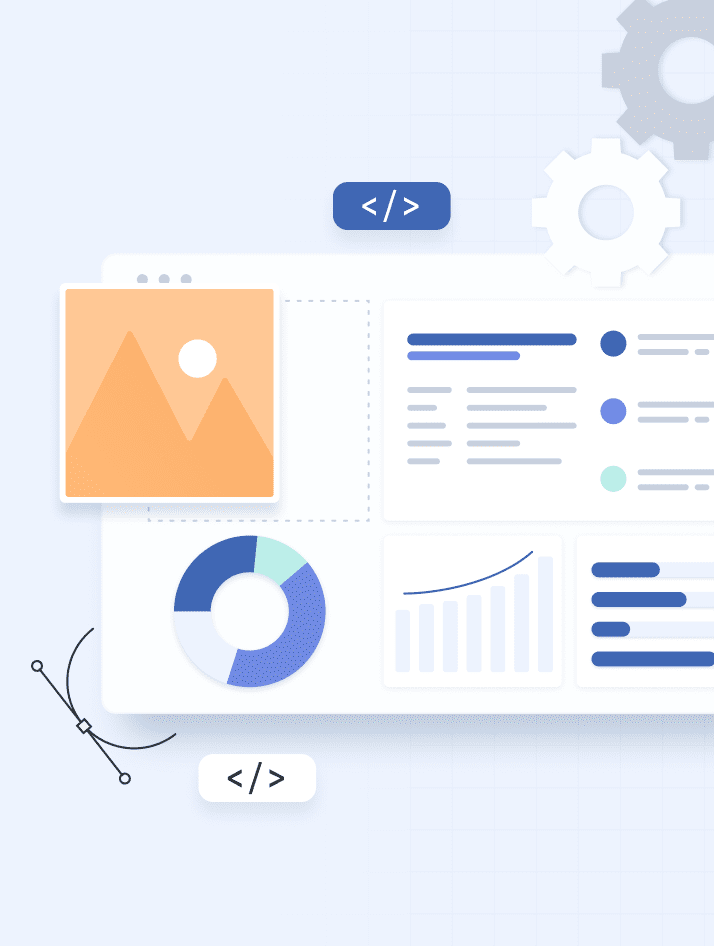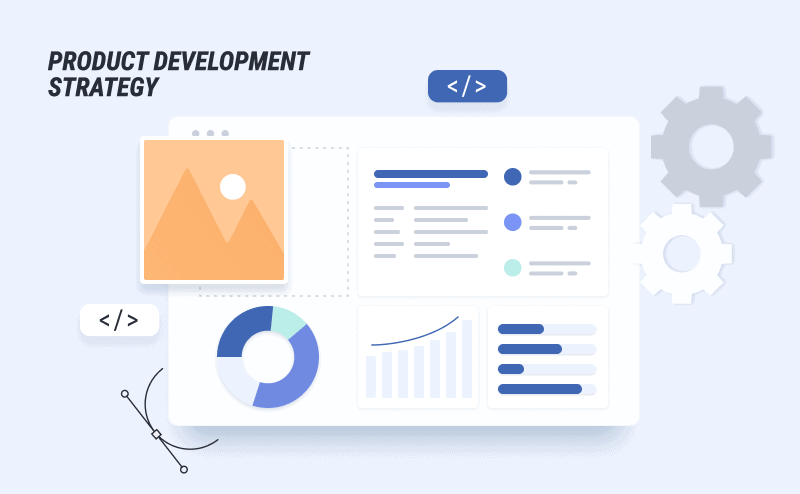articles
Product Development Strategy Like A Pro: 10 Years Of Hard Lessons

Product Development Strategy lives at the intersection between customer value and business profitability. Balancing these two variables creates product-market fit, which allows you to run a profitable business while creating value for society.
Here at WANDR, we’ve helped hundreds of businesses launch or improve their software through a product development strategy. Our secret formula is based on a sound design process that we’ve perfected over the years. Our Product Design Process
Our journey hasn’t always been a smooth ride. We’ve had more than our fair share of challenges that we had to overcome to arrive here. We want to share some of these hard lessons, so you can learn from our experience.
Product Development Strategy Overview:
- Uncertainty is the enemy
- Data is your friend
- A race against the clock (runway)
- Fail quick, often, and as cheaply as possible
- Trust “The Process”

Uncertainty is the Enemy
When a company decides to launch a product, they face several unknown variables that determine whether the product succeeds.
Uncertainty leaves things to chance and increases risk. Risk is not good for business. Ideally, you’d want to reduce your risk as much as possible to increase your chances of launching a successful product.
A product development strategy is a way to reduce the inherent uncertainty of launching a new product. The faster a company achieves product-market fit, the more likely it is that their product will succeed. The less you know about your market, the hardest it will be for your product to survive its early stages.
Data is Your Friend
Many companies brag about being data-driven, but here’s the thing… being data-driven is not a competitive advantage nor an exclusive asset. It’s a requirement.
Think of data as your business’ echolocation. It provides information about your context so you can avoid obstacles and find your way. A product development strategy that ignores the data deprives the business of its ability to react to the market and jeopardize its operation.
It’s crucial to gather quantitative data in the form of analytics and interpret the numbers through the lens of qualitative data. You can obtain qualitative data through user testing and interviewing.

There’s a popular adage in UX design:
Quantitative data tells you what’s going on, but it doesn’t tell you why.
A great example of this was our work with Zoe Financial. Their marketing team had advanced analytics showing their customers’ behavior in the onboarding process, but they were missing an explanation of what was preventing them from taking the desired actions.
Our team at WANDR ran two rounds of user testing to shine a light on their decision making process and discovered building trust was a crucial factor to improve conversion. This is a great example of combining qualitative and quantitative data to make better product decisions.
A Race Against the Runway
Every product launch is on a race against some form of runway. In smaller companies, the runway is usually money. In larger organizations, the runway is often in time to ROI.
However you define the runway for your business, it is a clock that’s pressuring you to achieve product-market fit as quickly as possible.
A product development strategy is also a way to keep the organization focused on the essentials and beat the clock.
The number one reason we see product launches fail is that they run out of runway before achieving product-market fit.
Fail Quick, Often, and as Cheaply as Possible
Your limited runway demands that you achieve product-market fit sooner than later. The only way to pave your road towards that goal is to learn what’s the most valuable aspect of your product that you can build and sell while generating profit.
The goal is not to achieve 1,000 users or 200 sign-ups a day or even reach $100k in revenue. The goal is to determine what aspect of your product your users are willing to pay you for having.
With very few exceptions, you’re going to fail at identifying that sellable aspect the first few times. And that’s okay as long as you keep your failures very cheap. Failing cheaply allows you to fail many times, which affords you more opportunities to succeed.
To fail cheaply, you need to create simulations of your product experience and expose your users to it. We achieve that through realistic design prototypes ++link to prototyping article++
WANDR’s product development strategy revolves around the idea of maximizing your learning through prototyping while reducing the cost of iteration. With every prototype iteration, you get closer to reaching product-market fit before running out of runway.
One of our clients, RemotelyHQ wanted to refine their target but gathering usage data before investing in a marketing campaign to launch to the public. Our team ran some focus groups with users of their beta version and determined that we the best audience would be millennials working remotely. This allowed our client to save tens of thousands of dollars in a misinformed launch campaign and helped them refine their messaging.
Trust the Process
It’s easy to get distracted along the way. Entrepreneurs and product people are particularly prone to wanting to build many things at once. That’s a unique trait that makes them great at creating new things out of thin air and bringing value to society.
That same trait makes them prone to distraction, wanting to change directions now and then. Unfortunately, your runway doesn’t forgive distractions. You can only do so many things before you run out of time, which highlights the importance of following a solid product development strategy.
The strategy keeps everyone focused on the factors that move the needle in the right direction by providing a framework to identify and minimize what doesn’t.
In Conclusion
Product launches are races against the clock, riddled with uncertainty. A good product development strategy helps you mitigate uncertainty by gathering highly relevant data so you can achieve product-market fit before running out of runway.
Keep these hard lessons in mind, and you will increase your chances of having a successful product launch.
If you need expert help from a team that has helped hundreds of companies launch successful products, don’t hesitate to reach out.
Drop us a comment below or talk to us on Instagram, Facebook, LinkedIn, or Twitter.


.png)

